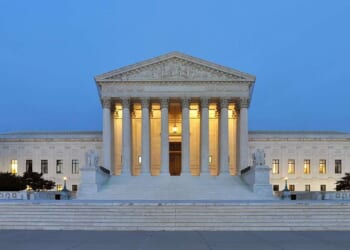The world is about to witness the process of choosing a new Pope.
Or rather not witness it, because as the Oscar-winning film Conclave makes clear, the election of a new Pope is the most secretive democratic process in the world, conducted by 120 cardinals behind closed doors. In fact, the film shows it as being more open than it really is, in that the President of the College of Cardinals briefs the world’s media while the process is underway.
In real life, he would face excommunication for that offence, as would anyone breaking the rules, which also include not making pacts with other voters. Nor would a dead Pope be allowed to be swarmed over by priests, nuns and officials, nor laid out in his pyjamas.
In the real world, the Camerlengo (or Chamberlain) of the Holy Roman Church declares a Pope to be dead in the presence of the Papal Master of Ceremonies and a handful of other members of the Papal household. Nine days of mourning are then declared, in which the body of the late Pope will lie in state in St Peter’s Basilica.
It will be at least 15 days before the Conclave – literally ‘cum clave’, which is Latin for ‘with key’ – to choose his successor begins, allowing for cardinals to reach Rome from all over the world.
Cardinals, though, are no longer physically locked in a building until they have made their decision. They will stay at a guest house within the Vatican’s walls known as St Martha’s House, where they will have the services of cooks and housekeepers plus two doctors, one of whom is a surgeon. Given the age profile of cardinals, that may seem inadequate – although those over 80 are not allowed to vote.
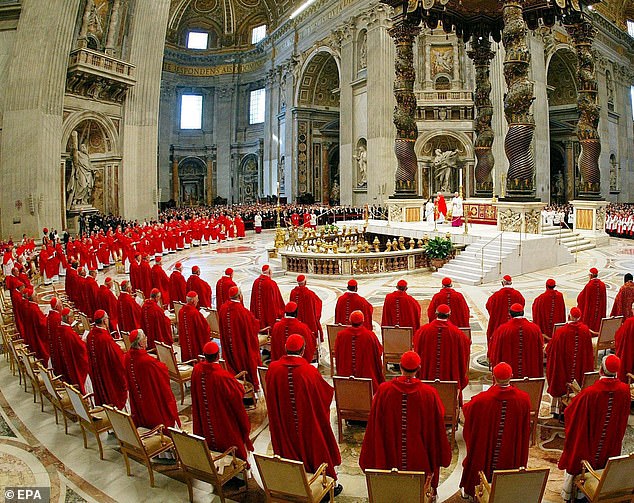
Cardinals at morning Mass in St. Peter’s Basilica, Vatican City, in 2005 before sequestering themselves in the Sistine Chapel for the beginning of the conclave to elect a new pope
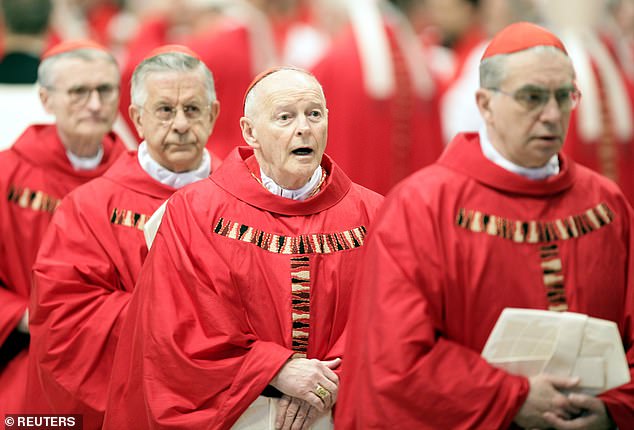
The election of a new Pope is the most secretive democratic process in the world, conducted by 120 cardinals behind closed doors
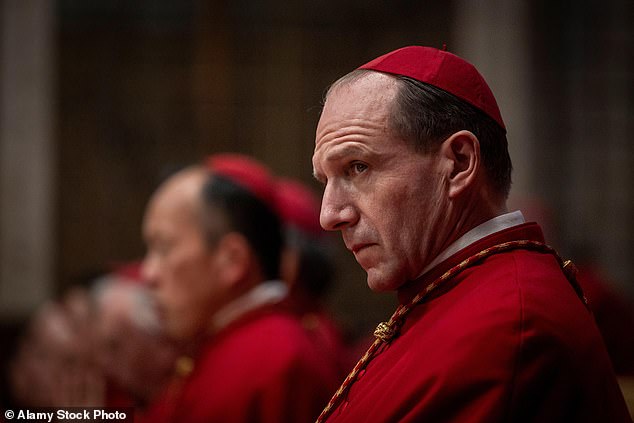
Ralph Fiennes in the film Conclave, which with uncanny timing is up for an Oscar as the real thing takes place
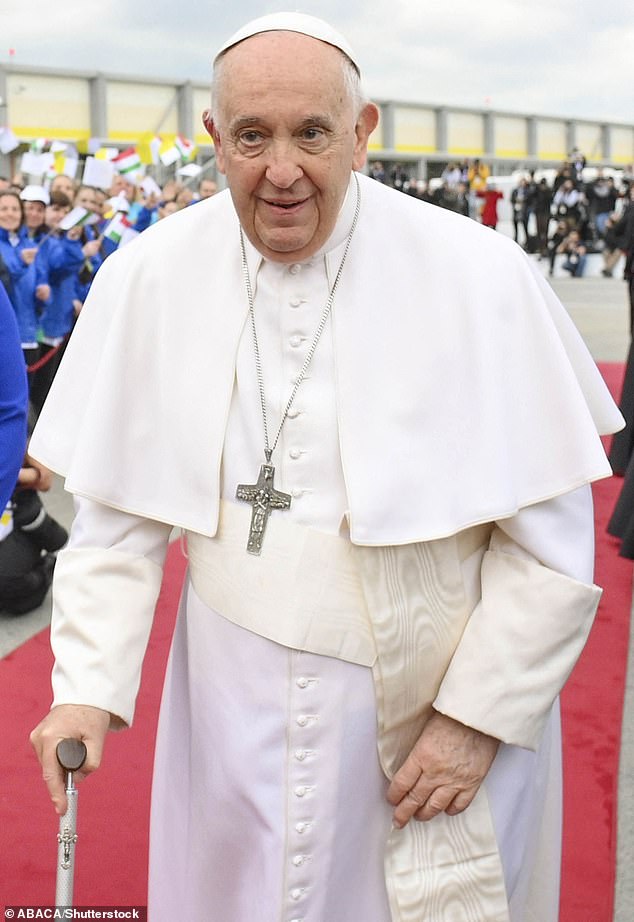
It took just two days to elect Pope Francis, Argentine Cardinal Jorge Mario Bergoglio, in 2013
From St Martha’s House, the cardinals will walk daily in their blue cassocks and red sashes to the Papal Palace or the Sistine Chapel where the voting will actually take place. They will be forbidden from reading newspapers, accessing radio, television or the internet and from sending or receiving any kind of message from the outside world.
They may be there for some time. The longest conclave in history lasted 34 months, from the death of Clement IV in November 1268 until the election of Gregory X on 1 September 1271. In modern times, however, none has lasted longer than the five days – and 14 votes – it took to elect Pius XI in 1922.
The conclave to elect Pope Francis in 2013 lasted just two days. There is no firm procedure for the multiple ballots which are likely to be held – the conclave will determine its own procedure. If a candidate receives a two-thirds majority of votes that should be it. Otherwise, multiple rounds of voting may whittle candidates down to a final two, with a simple majority deciding the winner.
The latest set of rules, drawn up in 1996 by Pope John Paul II, do not specify that the conclave should announce that it has made a decision by blowing white smoke up the chimney (while black smoke indicates that no decision has been made). This tradition caused embarrassment in 1958 when Vatican Radio misinterpreted the smoke signals and announced the news a day early.
One thing the film does get right is the breadth of candidates from around the world. While the Cardinals are not limited to choosing from among their number it is almost certain that they will do so. But that still leaves quite a selection. So who is likely to emerge as the victor when the cardinals have made their decision?


